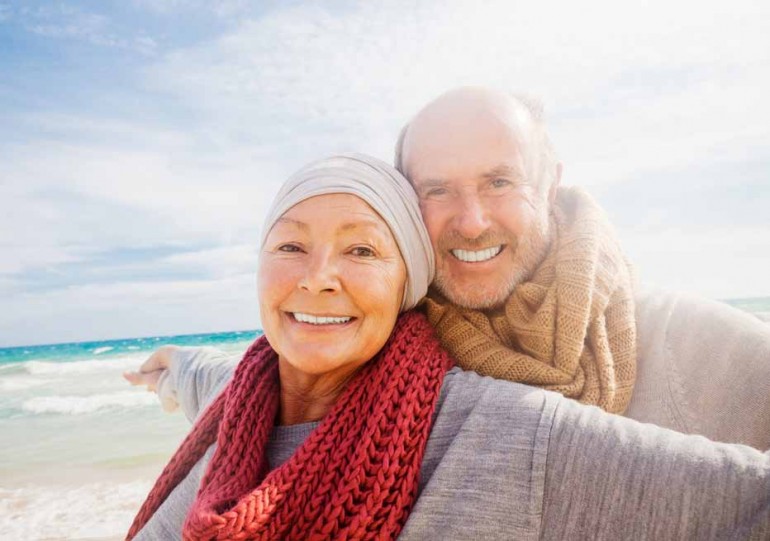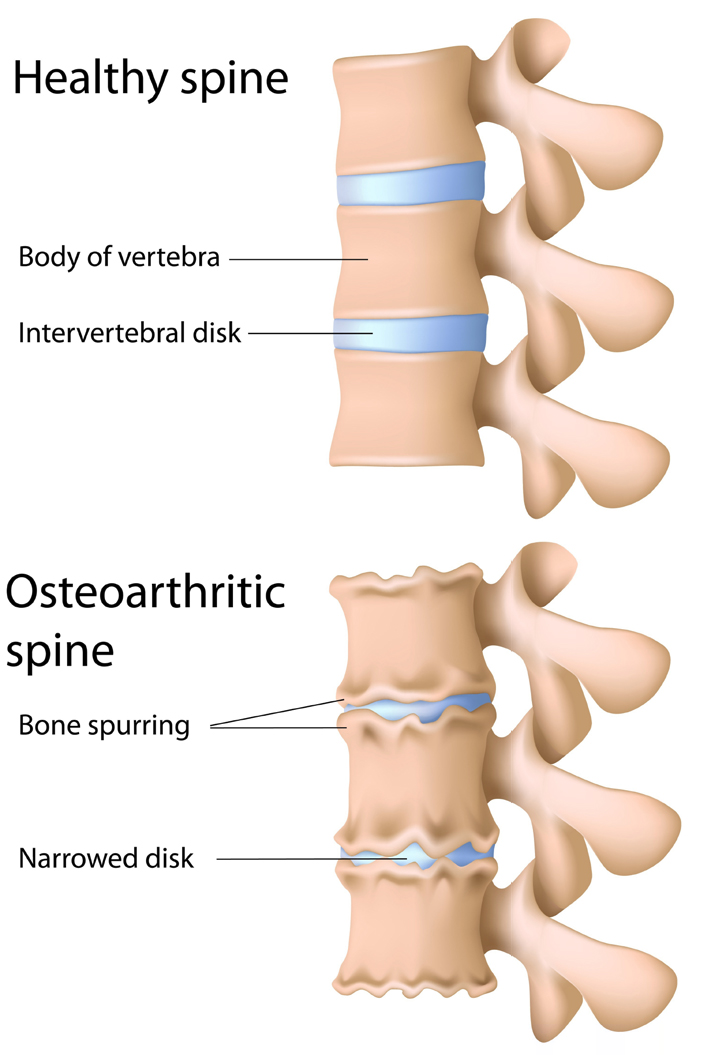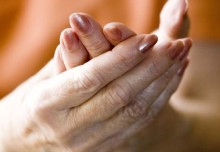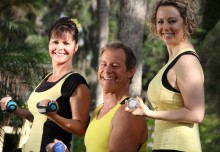
It’s been said that the two things you can count on in life are death and taxes. It turns out there’s a third thing that is nearly universal as we age: shrinking. That’s right, most people begin losing height after the age of 40.
Shrinking with age has two major causes. The first is directly related to a combination of gravity and the discs in the back. The second is osteoporosis or thinning of the bones. In both cases, poor posture can lead to an even shorter appearance by being slouched over.
 GRAVITY AND DISCS
GRAVITY AND DISCS
There are 23 discs in the spinal column. They are composed of a tough outer portion and a soft inner core, and the configuration has been likened to that of a jelly doughnut. Their flexible, fibrous tissue acts as a lubricant and a shock absorber for the spine. Each disc is positioned between two vertebrae, giving the spine the flexibility it needs for bending, twisting and turning.
As we age, the discs lose some of their flexibility and gelatinous nature. They also dry out, shrink and become hard over time. As disc volume shrinks, there is a natural loss of height in the same way pulling bricks out of a wall would reduce its overall height. Osteoporosis Menopausal women are more prone to shrinking due to a disease known as osteoporosis. This disease results because the body removes damaged bone faster than it replaces it with new bone. As osteoporosis progresses in the vertebral bones of the back, they get smaller and the loss of bone mass makes the backbone shorter.
WHAT CAN BE DONE
There’s not much you can do about the gravity and disc issue. Gravity is one of those undeniable laws of nature that only makes normal disc degeneration more pronounced. Having said that, there are things you can do to slow the osteoporosis and posture issues.
YOUR DIET
Making sure your diet includes adequate amounts of vitamin D and calcium combined with resistance exercises are the best things you can do to prevent the onset of osteoporosis. If you’re not sure what constitutes an adequate amount of calcium, don’t be afraid to ask your doctor. You can also have your blood tested for 25-hydroxy vitamin D. If you are not getting enough calcium and vitamin D in your diet, supplements can make up the difference.
There are two major forms of calcium:
1. Carbonate – inexpensive and best absorbed when taken with food.
2. Citrate – more expensive and can be taken on an empty stomach.
Important Tip:
Your body can’t absorb more than 500 to 600 mg of calcium at one time, so it’s best to take it a couple of times a day.
YOUR HABITS
Don’t smoke
Smoking is a huge contributor to osteoporosis
Do Exercise
Exercise, especially weight bearing exercises like walking are particularly helpful in preventing osteoporosis
Bone Healthy Food Choices
Great examples are collard greens, kale, okra and broccoli; dairy products such as low-fat yogurt and cheese; and fish like canned sardines and salmon with bones and fresh salmon, mackerel and tuna. Fortified foods are ones that have calcium and vitamin D added such as some brands of soymilk, breakfast foods and juices.
MEDICATIONS
There are a number of medications available to help with bone loss. For women taking hormones, estrogen also helps maintain strong bones. Talk with your doctor.
POSTURE
As for your posture, regular exercise to strengthen your core and your back are advised. Strong muscles enable you to stand tall at any age. You can also ask family members and friends to remind you to stand up straight, with shoulders back and chest out. Proper posture will go a long way toward offsetting the loss of stature resulting from age. Try the exercise shown here for a terrific posture. Not flexible – no worries! Choose the level that suits you best.
SUZANNE ANDREWS POSTURE PERFECT POSE
- Lift your spine
- Place your feet hip width apart
- Look straight ahead and place your hands behind your neck and hold for 10 seconds
- Relax and repeat 6 times morning and evening
- If you’re not flexible, use a towel as demonstrated here




